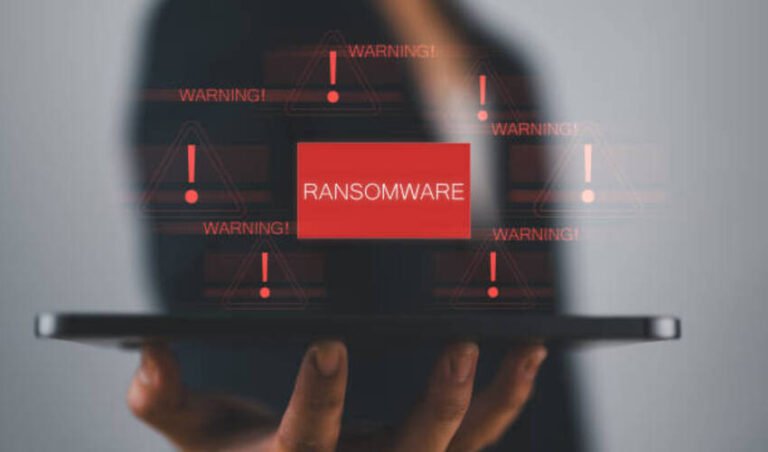Ransomware attacks are fast becoming one of the top cybersecurity threats to businesses, healthcare facilities, and individuals alike. In these cases, malicious software locks up precious files or entire systems and places a ransom demand, usually in cryptocurrency, for their undesired release.
Introduction
Paying the ransom does not guarantee data recovery and, in fact, could put organizations at further risk. That is where expert ransomware removal services would come in. Knowing what exactly to expect from the services could assist victims in dealing more effectively with a situation.
Initial Incident Response
Containment is the first step in ransomware removal. An expert team will rapidly evaluate the penetration scope and isolate infected systems to further prevent the spread of malware. This may involve unplugging devices from the network, disabling certain accounts, or ceasing operations of particular services. The goal of immediate containment is to minimize damage and protect the remaining operational systems from its effects while the recovery effort continues.
Malware Identification and Analysis
Ransomware classes vary considerably in their means of operation. Some of these types have been well studied, and free decryption tools are easily accessible for their recovery, whereas some have just sprung up and are quite sophisticated. The ransomware specialists will:
- Determine the precise ransomware class in question.
- Investigate whether a free decryption tool exists.
- Investigate attack methodologies as well as entry points, such as phishing emails, unsecured remote desktop protocol, or production servers with expired software.
This forensic analysis can also provide help in recovery while adding good learning for the prevention of subsequent attacks.
Data Recovery and Restoration
The next step after identifying the ransomware type is to focus on recovering data that has been encrypted. Professional services may attempt multiple methods for the same, including:
- Gaining access to any known decryption keys (if they exist for the ransomware strain).
- Restoring from clean backups-as long as it is ensured that these backups are not infected.
- Applying advanced data recovery tools when parts of the files can actually be retrieved.
Reputable services usually discourage ransom payment, as it fuels future attacks with no assurance of data recovery.
System Clean-Up and Malware Removal
Besides data recovery, it should also include the complete removal of malware from any compromised systems. The specialists will:
- Eradicate malicious files and scripts.
- Patch any vulnerabilities used by attackers in the system.
- Update antivirus and endpoint protection systems.
This ensures that there would not be any left to wait under the surface while the ransomware waits to reinfect the whole system.
Security Hardening and Prevention
A good ransomware recovery doesn’t just end with recovery. They would also assist the organization in strengthening its walls against repeat attacks. Covers:
- Stronger authentication measures(CASH, ANTONIO),
- Security audits to investigate breached areas,
- Cybersecurity training for employees about Phishing
- Regular secure backup provisions.
By strengthening defenses, a responsible organization can change an otherwise damaging incident into a learning opportunity for creating resilience over the long term.
Support for Legal and Compliance Issues
Compliance obligations could include breach notifications for industries such as healthcare or finance, which are otherwise regulated, and ransomware incident triggers. Most removal services offer assistance in compliance.
Conclusion
Ransomware removal services do more than just fix the tech problems; they guide you through getting back on your feet after an attack. If you’re a victim, you’ll get help quickly to stop the damage, experts will investigate what happened, they’ll help you get your data back safely, make sure all the harmful software is gone, and help you build better defenses for next time. Although preventing an attack is always the best move, having a reliable team to handle ransomware can really make the difference between being offline for a long time and recovering fast and securely.
Frequently Asked Questions (FAQs)
What is meant by Ransomware Removal Services?
Ransomware removal services are specialized solutions designed to help individuals and organizations remove ransomware infections from their systems, restore affected data, and prevent future attacks.
What are the main components of ransomware removal services?
1. Ransomware Detection
2. Malware Removal
3. Data Recovery
4. System Restoration
5. Security Enhancement






